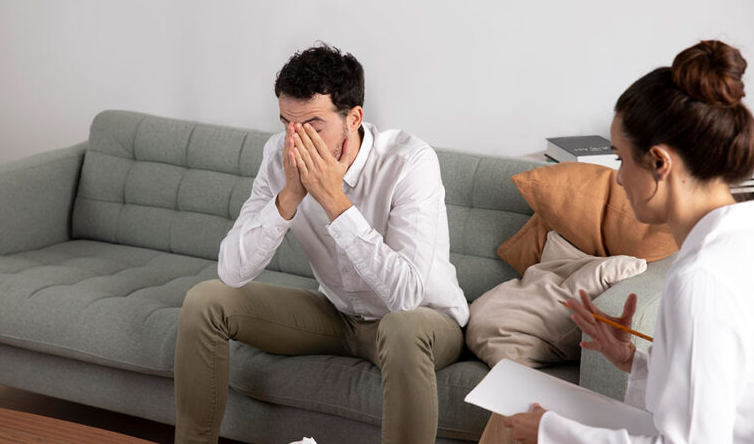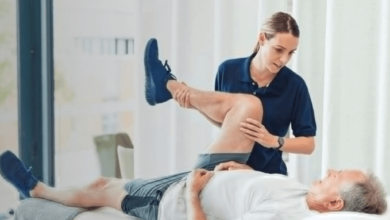Understanding PTSD: Signs, Symptoms, and Support

Post-Traumatic Stress Disorder (PTSD) is often discussed in the context of war veterans or survivors of extreme events, but the reality is that it can affect anyone who has lived through trauma. Whether caused by an accident, natural disaster, abuse, or witnessing violence, PTSD is a mental health condition that can disrupt daily life. Understanding what PTSD is, how it manifests, and how to support those affected is essential for fostering compassion and encouraging recovery.
What Is PTSD?
PTSD is a mental health disorder that can develop after someone experiences or witnesses a traumatic event. While many people feel upset or shaken immediately after trauma, these reactions typically fade with time. For someone with PTSD, however, the feelings of fear, anxiety, and distress remain long after the event has passed. In some cases, symptoms may even appear months or years later.
According to mental health experts, PTSD occurs when the brain remains “stuck” in survival mode, replaying memories of the trauma as though it is happening in the present. This constant state of hyperarousal makes it difficult to relax, trust others, or feel safe again.
Common Signs and Symptoms
PTSD symptoms can vary widely, but they generally fall into four categories:
1. Intrusive Memories
People with PTSD often experience flashbacks or nightmares related to the traumatic event. These vivid and distressing memories can feel overwhelming and uncontrollable. Even everyday triggers, such as a smell, sound, or location, may bring the trauma rushing back.
2. Avoidance
To protect themselves from reminders of the trauma, individuals may avoid places, people, or situations linked to the event. They might also try to suppress thoughts or feelings associated with it. While avoidance may provide short-term relief, it often prevents long-term healing.
3. Changes in Mood and Thinking
PTSD can alter how a person views themselves and the world. They may develop negative beliefs such as “I can’t trust anyone” or “The world is unsafe.” Feelings of guilt, shame, or hopelessness are also common. This shift in mindset can lead to withdrawal from loved ones and loss of interest in once-enjoyable activities.
4. Arousal and Reactivity
Many people with PTSD feel constantly on edge. Symptoms might include being easily startled, having difficulty sleeping, experiencing angry outbursts, or struggling to concentrate. This hypervigilance can be exhausting and impact both personal and professional relationships.
It’s important to note that PTSD affects everyone differently. Some may only show a few symptoms, while others experience all four categories at once.
Who Can Develop PTSD?
Anyone can develop PTSD—children, teens, and adults alike. While not everyone who experiences trauma will develop the disorder, certain factors can increase risk. These include:
- Severity of the trauma – Events involving extreme threat, violence, or loss are more likely to trigger PTSD.
- Personal history – People with previous trauma, mental health challenges, or lack of support may be more vulnerable.
- Biological factors – Brain chemistry and genetics can play a role in how someone responds to trauma.
Understanding that PTSD is not a sign of weakness but rather a medical condition can help reduce the stigma that prevents many from seeking help.
See also: Mindfulness Based Therapy for Effective Stress Management and Mental Health
Support and Treatment Options
The good news is that PTSD is treatable. With the right support, individuals can learn to manage symptoms and regain control of their lives. Some effective approaches include:
Therapy
Cognitive Behavioral Therapy (CBT) and Eye Movement Desensitization and Reprocessing (EMDR) are two of the most common therapies for PTSD, helping individuals work through traumatic memories and shift negative thought patterns. In addition, innovative approaches such as ketamine treatment in Salt Lake City are showing promise in providing relief for those who haven’t found success with traditional methods.
Medication
Antidepressants and anti-anxiety medications may be prescribed to reduce symptoms, particularly when therapy alone isn’t enough.
Support Networks
Family, friends, and peer support groups can play a vital role in recovery. Listening without judgment, offering patience, and encouraging treatment can make a significant difference.
Self-Care Practices
Healthy coping strategies—such as mindfulness, exercise, journaling, and maintaining a routine—can help manage stress and improve overall well-being.
How to Support Someone with PTSD
If you know someone struggling with PTSD, your support can be invaluable. Here are a few practical ways to help:
- Be patient and understanding – Healing takes time. Avoid pressuring them to “just move on.”
- Listen actively – Sometimes the best help is simply being present and listening without judgment.
- Encourage professional help – Suggest, but don’t force, therapy or medical support.
- Respect boundaries – Understand that certain topics or situations may be triggering.
Final Thoughts
PTSD is a serious condition, but it does not define those who experience it. With compassion, awareness, and appropriate treatment, recovery is possible. By understanding the signs and symptoms, we can better support our loved ones and help break down the stigma surrounding mental health.
No one should have to walk the path of healing alone. Whether through professional help, personal resilience, or the support of caring individuals, those living with PTSD can find hope and strength in their journey toward recovery.







